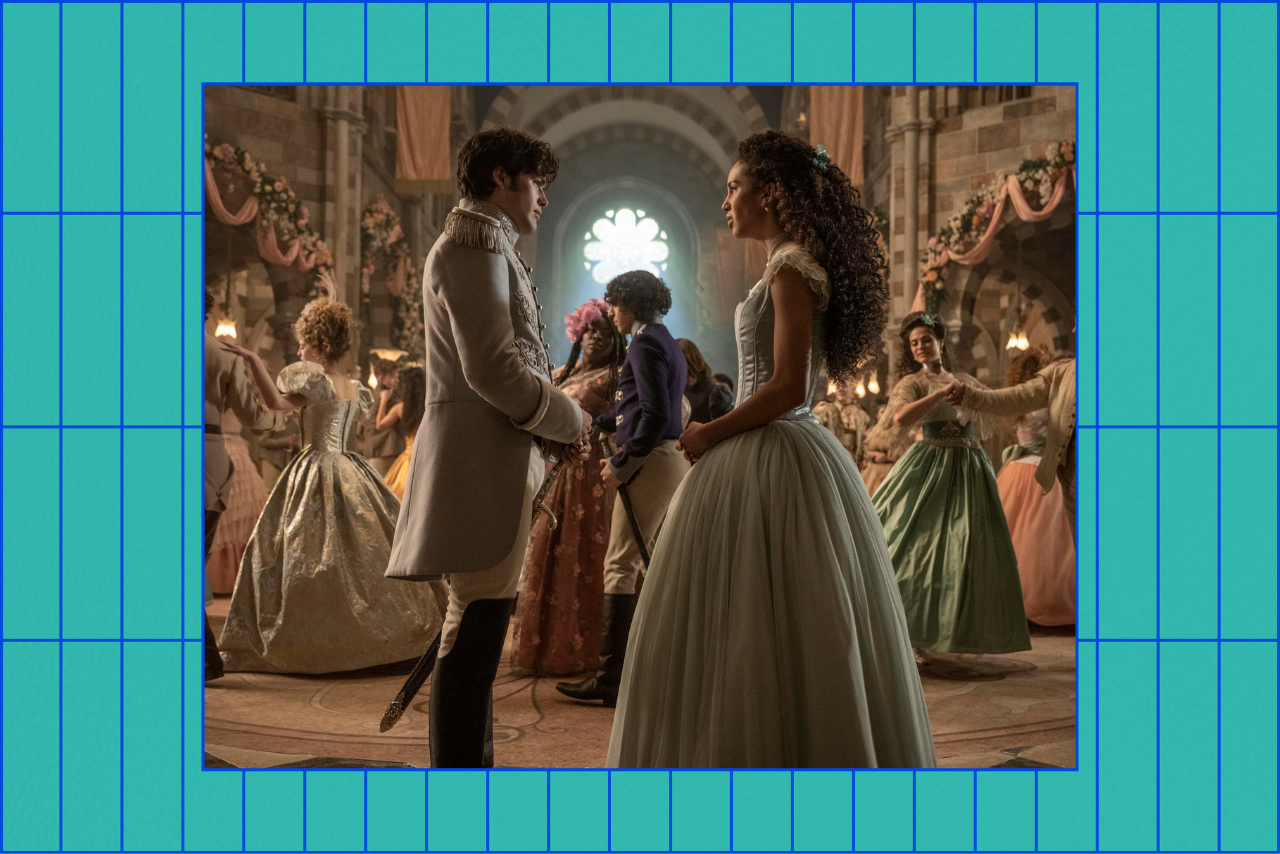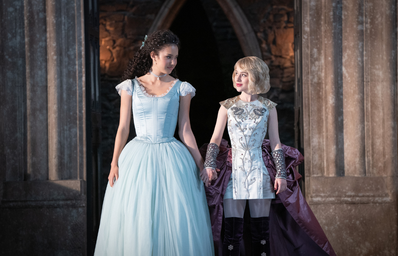I wouldn’t.
Contrary to the hype surrounding book-turned-movie “The School for Good and Evil”, released on Netflix this past October, Paul Feig’s predictable movie with unconvincing details and mediocre acting deserves a green splat on Rotten Tomatoes.
“The School for Good and Evil” is a 2022 fantasy film based on a novel of the same name by Soman Chainani. Two misfits, fairy tale lover Sophie and rumored witch Agatha, grew up as best friends in the village of Galvadon. Wishing to escape the disappointing village life, Sophie sent her prayer under a blood red moon. The unlikely wish took the main characters to the School for Good and Evil, where Sophie was mistakenly dropped to the School for Evil with anti-hero Nevers and Agatha to the School for Good with prince-and-princess-live-happily-ever-after Evers.
The interesting base could not save the movie from sending eager watchers on a rollercoaster of disappointments with a boring plotline, an exhaustingly long, overstuffed story line and Harry-Potter-wannabe yet naked CGI efforts. The appearance of high-profile actors and actresses like international star Michelle Yeoh remains desperate in rescuing the half-baked film.

The big idea behind the plot remains a compelling take on social assumptions of “good” and “evil”, however. The movie challenges presumably “good” and “evil” characters with situations in which the fine line between both generic concepts is blurry. The plot toys with the idea that “good” and “evil” are not so black and white as often assumed. Observing how these definitions intertwine and cross each other’s fine line is meant to be fascinating, except that both concepts are explored on very surface levels by screenwriters. This makes the movie entirely predictable, wasting the beautiful message which could have stuck with the audience if otherwise well-exploited.
That being said, would I welcome you to the School for Good and Evil?
YES.
You might be wondering whether I have lost my mind writing this but let me explain.
The key message behind the entire story is delving into the true concept of “good” and “evil”.
Applying that into real-life situations, wouldn’t it be wise to consider what makes a movie “good”? A “good” product could not only mean awesome acting or impressive CGI technique, but also “good” to learn what NOT to do in order to create a well-executed movie. “Bad” examples could point you towards the right direction in finding “good”, and we could always take away something worthwhile at the end of the day. Moving along this line, writing heavy criticisms does not have to equal being “evil”, given that honest critiques allow moviemakers to objectively reflect on their execution of the movie and learn invaluable lessons moving forward.
In other words,
“good” or “evil”
is for you to decide.


